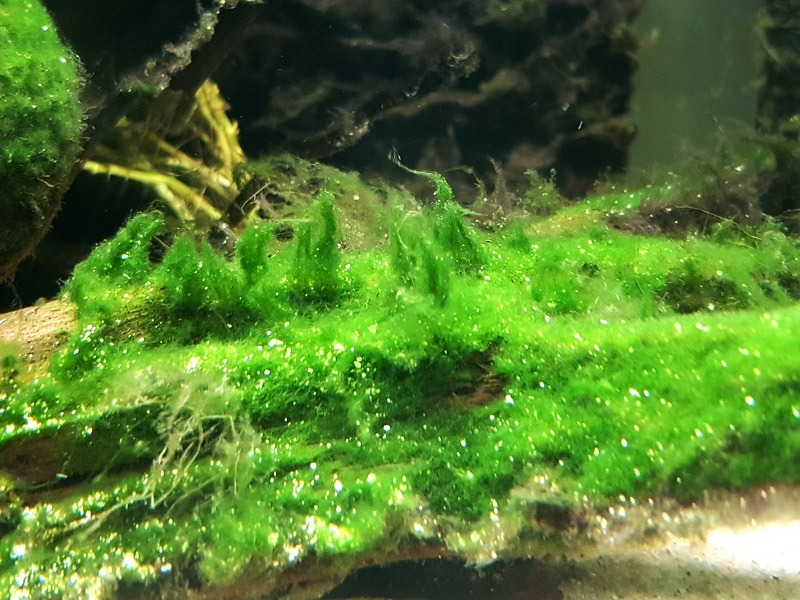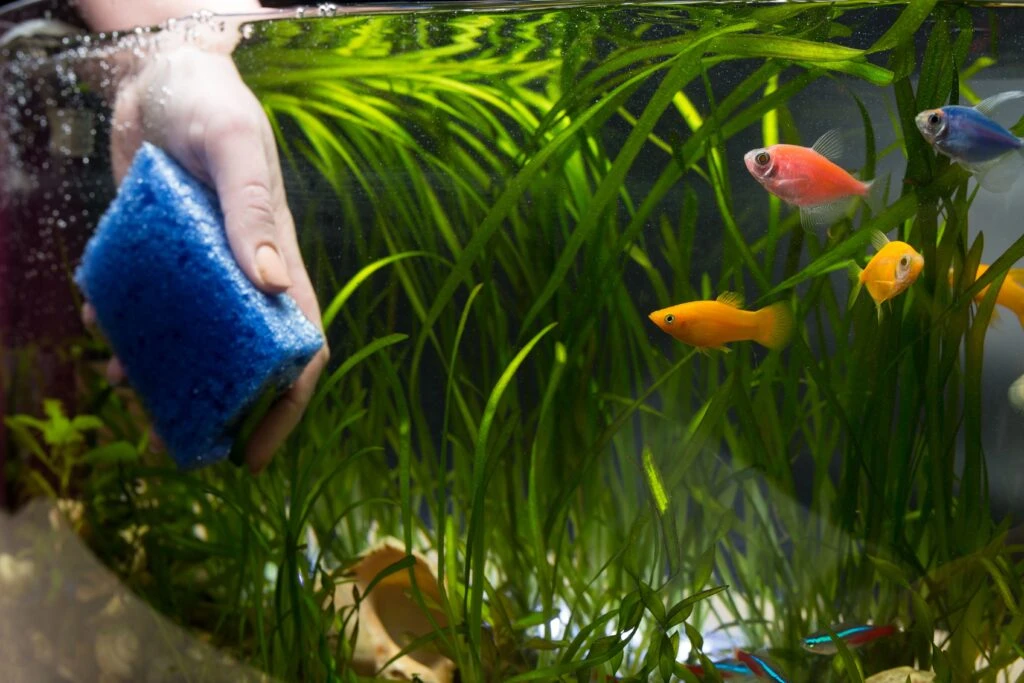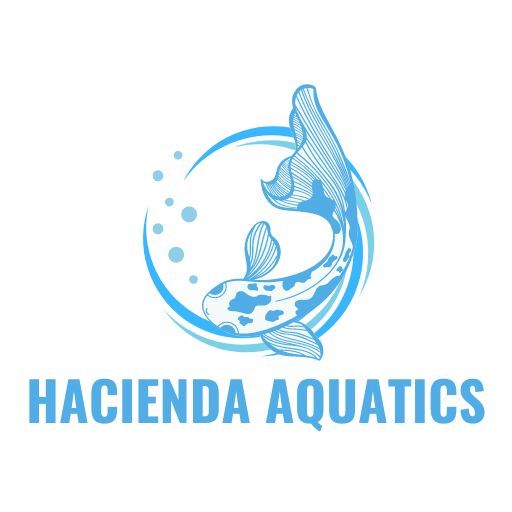Aquatic Knowledge
How to Clean Algae Off Aquarium Plants: A Comprehensive Guide
Algae can be a persistent problem for any aquarium enthusiast, often turning a beautiful aquatic garden into an unsightly mess. If you’re struggling with this, don’t worry—you’re not alone. In this comprehensive guide, I’ll walk you through the best methods and tips on how to clean algae off aquarium plants effectively, ensuring your underwater garden stays healthy and vibrant.
Understanding Algae Growth in Aquariums

Before diving into how to clean algae off aquarium plants, it’s important to understand why algae grows in the first place. Algae thrive in environments with excess nutrients, light, and carbon dioxide. While a small amount of algae is natural and even beneficial, too much can suffocate your plants, consume essential nutrients, and degrade water quality.
Types of Algae Commonly Found in Aquariums:
- Green Algae: Often appears as green spots or film on glass and plants. It’s the most common type and indicates a healthy tank if kept in check.
- Brown Algae: Typically found in new aquariums, it appears as brown, dusty spots on surfaces. It’s usually due to high silicate levels and low light.
- Blue-Green Algae: Actually a type of bacteria called cyanobacteria, it forms slimy layers and can be harmful to plants and fish.
Algae thrive in conditions with excessive light, nutrients, and poor water quality. Overfeeding, inadequate filtration, and irregular water changes can contribute to their growth. Understanding these factors can help you take preventive measures.
Preventing algae growth is easier than dealing with an overgrowth. Here are some tips to keep your aquarium in balance:
- Proper Lighting: Ensure your aquarium gets the right amount of light. Too much light can promote algae growth, while too little can harm your plants.
- Regular Water Changes: Change about 10-20% of your aquarium water weekly to remove excess nutrients that algae thrive on.
- Balanced Feeding: Avoid overfeeding your fish. Uneaten food decomposes and adds to nutrient levels in the water.
- Algae-Eating Fish and Snails: Introduce species like Siamese algae eaters, Otocinclus catfish, and Nerite snails that naturally consume algae.
How to Clean Algae Off Aquarium Plants: Step-by-Step Guide
Manual Cleaning Methods

When it comes to how to clean algae off aquarium plants, manual cleaning is often the first and most straightforward approach. It’s effective, doesn’t require any chemicals, and can be done with basic household items.
Gently Scrubbing the Leaves
One of the most common methods to remove algae from aquarium plants is by gently scrubbing the leaves.
- Use a Soft Brush: A soft toothbrush or sponge can be used to scrub the algae off the plant leaves. Make sure the brush isn’t too harsh to avoid damaging the delicate plant tissues.
- Focus on Problem Areas: Target the areas where algae build-up is most noticeable, such as the tops of leaves or areas close to the light source.
- Rinse Plants Under Water: After scrubbing, you can rinse the plants under dechlorinated water to wash away any remaining algae particles.
Pruning Affected Leaves
In some cases, particularly when algae growth is severe, it might be better to prune the affected leaves.
- Identify Severely Affected Leaves: Look for leaves that are heavily coated in algae, as these are the ones that may need to be removed.
- Use Sharp Scissors: Carefully trim away the algae-covered leaves using sharp scissors. This not only removes the algae but also encourages new, healthy growth.
- Dispose of Trimmings Properly: Make sure to remove the trimmed leaves from the aquarium to prevent further contamination.
Chemical Cleaning Methods
If manual methods aren’t fully effective, chemical treatments can be used to address stubborn algae.
Using Hydrogen Peroxide
Hydrogen peroxide is a popular and safe option for treating algae on aquarium plants.
- Prepare a Diluted Solution: Mix a solution of 3% hydrogen peroxide with water (1 part hydrogen peroxide to 5 parts water).
- Apply Directly: You can apply this solution directly to the algae on your plants using a syringe or spray bottle. Be cautious not to overdo it, as excessive use can harm the plants.
- Rinse Thoroughly: After treating with hydrogen peroxide, rinse the plants thoroughly with dechlorinated water to remove any remaining solution.
Algaecides
Algaecides are chemical treatments specifically designed to kill algae.
- Choose a Fish-Safe Product: Make sure to select an algaecide that is safe for both your plants and fish. Always follow the manufacturer’s instructions carefully.
- Spot Treat the Affected Areas: Algaecides can be used to spot treat the algae-covered areas of your plants. However, use this method sparingly, as overuse can disrupt the balance of your aquarium.
Preventing Future Algae Growth

Cleaning the algae is only half the battle; the other half is preventing it from coming back. Here’s how you can keep algae growth under control.
Control Lighting
Excessive light is one of the primary factors contributing to algae growth.
- Adjust Lighting Duration: Reduce the amount of time your aquarium light is on to 6-8 hours a day. Use a timer to maintain a consistent light cycle.
- Choose the Right Light Intensity: Consider lowering the light intensity if you’re noticing excessive algae growth, especially if you’re using high-output LEDs.
Maintain Water Quality
Keeping your water clean and balanced is crucial for preventing algae.
- Regular Water Changes: Perform weekly water changes of about 20-30% to remove excess nutrients that algae feed on.
- Monitor Nutrient Levels: Keep an eye on the levels of nitrates and phosphates in your tank. If these are too high, consider using chemical filters or phosphate removers to bring them down.
Introduce Algae-Eating Fish or Invertebrates
Adding algae-eating species to your tank can help naturally control algae growth.
- Consider Algae-Eating Fish: Species like Otocinclus catfish, Siamese algae eaters, and Plecos are great at grazing on algae.
- Add Invertebrates: Snails and shrimp, such as Nerite snails and Amano shrimp, are also effective at cleaning algae off aquarium plants.
Dealing with Different Types of Algae
There are several types of algae you might encounter in your aquarium, each requiring different approaches.
Green Spot Algae
This type of algae appears as small, hard green spots on leaves and glass.
- Scrub or Scrape: Green spot algae can be stubborn, so use a scraper or a stiff brush to remove it from surfaces.
- Address Phosphate Levels: High phosphate levels can encourage the growth of green spot algae, so consider using a phosphate remover if this algae persists.
Hair Algae
Hair algae, also known as thread algae, forms long, thin strands that can entangle plants.
- Manual Removal: Use your hands or a toothbrush to manually remove as much of the hair algae as possible.
- Reduce Lighting and Nutrients: Lower the light intensity and ensure your nutrient levels are balanced to prevent hair algae from returning.
Black Beard Algae
Black beard algae is one of the toughest types of algae to remove, often appearing as dark, fuzzy patches on plants.
- Use Hydrogen Peroxide: Black beard algae responds well to hydrogen peroxide treatment. Apply it directly to the affected areas as described earlier.
- Introduce Siamese Algae Eaters: These fish are known to eat black beard algae, making them a good addition if you’re struggling with this type.
Long-Term Maintenance and Care

Cleaning algae off your aquarium plants is not a one-time task; it requires ongoing maintenance and care.
Regular Inspections
Make it a habit to regularly inspect your plants for signs of algae.
- Catch It Early: The sooner you catch algae growth, the easier it is to manage. Regular checks can prevent algae from taking over your tank.
- Adjust Care as Needed: If you notice recurring algae issues, review your tank’s lighting, nutrient levels, and water quality, and make adjustments as needed.
Continuous Pruning and Trimming
Keeping your plants trimmed will not only help control algae but also promote healthier plant growth.
- Remove Dead or Dying Leaves: Regularly prune any dead or decaying leaves, as these can contribute to poor water quality and algae growth.
- Encourage Healthy Growth: Pruning encourages new growth, which can outcompete algae for nutrients and light.
Conclusion
Algae growth is a common challenge for aquarium enthusiasts, but with the right strategies, it can be managed effectively. By following the steps outlined in this guide on how to clean algae off aquarium plants, you can keep your aquatic plants healthy, your tank clean, and your fish happy. Remember, prevention is just as important as cleaning, so maintaining good aquarium practices will help keep algae at bay in the long run.
FAQs
How often should I clean algae off my aquarium plants?
It’s best to clean algae as soon as you notice it. Regular inspections and cleaning every few weeks can prevent excessive buildup.
Can algae harm my fish?
While small amounts of algae are harmless, excessive growth can deplete oxygen levels and release toxins, potentially harming fish.
What are some signs of excessive algae growth?
Signs include cloudy water, reduced visibility, slimy layers on surfaces, and stressed fish.
Is it safe to use chemicals in my aquarium?
Yes, but use them cautiously and follow the manufacturer’s instructions. Monitor your aquarium’s inhabitants for any adverse reactions.
How can I prevent algae from returning?
Maintain proper lighting, perform regular water changes, avoid overfeeding, and consider introducing algae-eating species.
